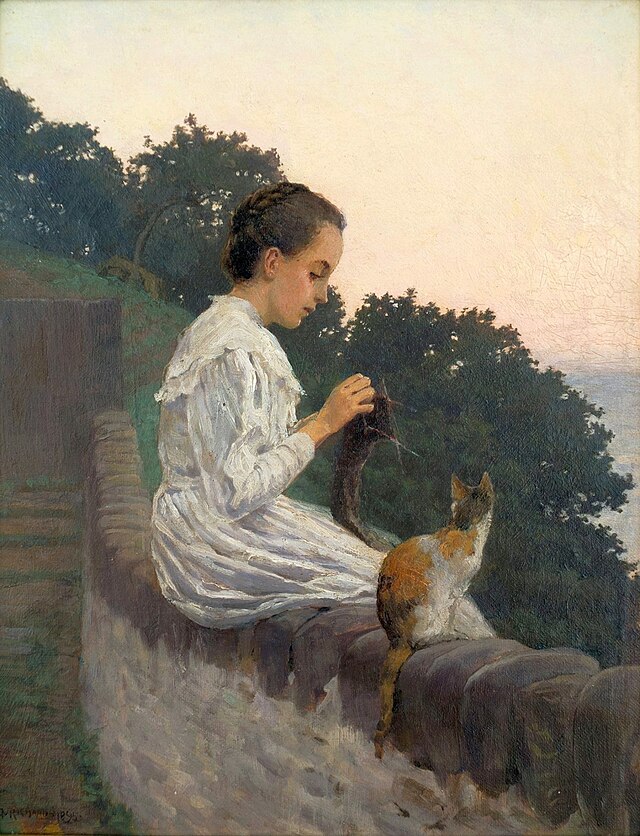It is important to note that separating art and artists is a topic that must be discussed in a respectful, level-headed manner to ensure that credence is given to the victims of abuse, both mental and physical, who courageously stepped up to tell their stories and protect others from the violence that they endured. When actress Rose McGowan accused Harvey Weinstein of sexual abuse in October 2017, it paved the way for other women in Hollywood, such as Elize Dushku, to come forward publicly about their own stories.
Separating the art from the artist can be defined as continuing to appreciate so-called classics such as “The Usual Suspects,” “Pulp Fiction” and “Kill Bill” despite accused persons having large roles in the creation of these films. This question has incited fierce debate since those who experienced abuse on the set of one of these older classics often see the film as a reminder of the pain they endured behind the camera.
One such example of this pain is Salma Hayek’s struggle to get “Frida,” her passion project, greenlighted by Harvey Weinstein’s production studio despite persistent sexual harrassment from Weinstein, a battle she recently discussed in an essay she wrote for “The New York Times.” Some within Hollywood and the community that watches Hollywood films believe that separating the art from the artist is condoning the behavior of the accused person. This community supports disregarding old classics that involve the accused person since their abusive behavior is inherently associated with the film. In addition, those who seek to disregard old classics believe that celebrating these films continues the trauma of those who were abused.
However, there are some in Hollywood who believe there is a way to separate art from the artist without forgetting or turning a blind eye to the pain of abuse victims. This community reminds people that credit must be given to the hundreds, sometimes thousands, of other people who worked on a particular production. The actions of the abusers, and their handful of enablers, should not besmirch the character of the rest of the actors, cinematographers and directors who worked on a project. By equating the actions of the few with the actions of the many, we have to be aware that we can also inadvertently tear down the careers of those who were not involved with abuse and who were just trying to pursue their passions within the Hollywood entertainment community. For example, the abusive actions against actress Uma Thurman by director Quentin Tarantino do not invalidate Samuel L. Jackson’s star-making performance in “Pulp Fiction” or Mélanie Laurent hauntingly elegant portrayal of Shosanna Dreyfus in “Inglourious Basterds.”
Therefore, there must be a level of separation between art and artists that will allow us to appreciate those actors and industry professionals who have poured their hearts and souls into a project, while still remembering the pain that some have suffered. However these traumatizing experiences can be used as a reminder of where we have been and where we are going. As Hollywood encourages more and more victims to speak out against their abusers, we will see fewer abusers in Hollywood. Thus, in the words of Oprah Winfrey during her speech accepting the Cecil B. DeMille award for her achievement in the entertainment industry, “a new day is on the horizon.”






